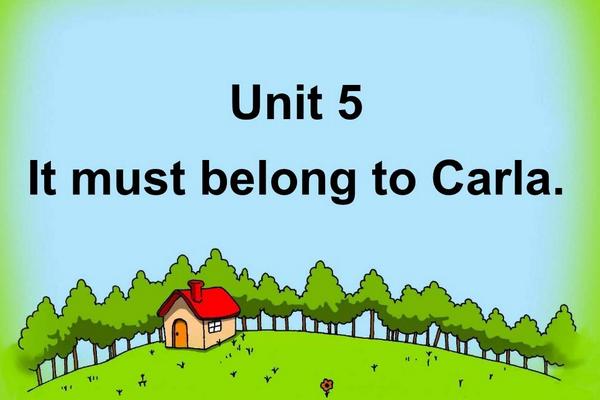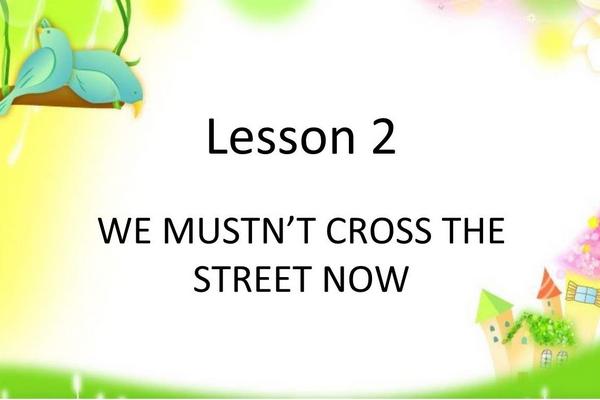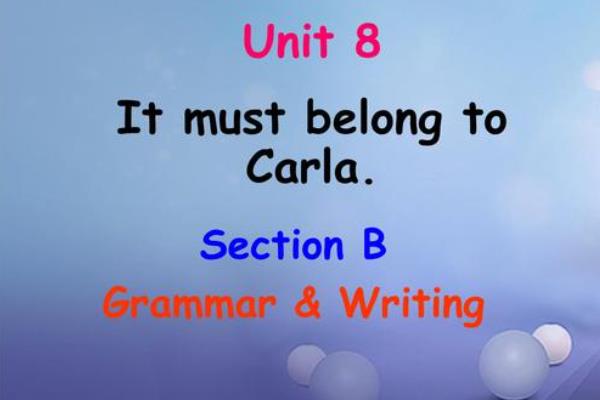must与have to区别
区别在must侧重于个人主观上的“必须”,have to侧重客观上的必须,可译为“不得不”。must可用来表示现在和将来的必须,无时态变化,have to则有更多的时态变化。变否定句时,must只要直接在其后加 not,have to可以变为haven't to也可变成don't have to。

一、must与have to区别
1、表达的含义不同
(1)must:表示一定要(做),必须要某事,主要侧重于说话人的想法或思想,是强调是主观的意愿或决心,而不是被强迫的。
例句:We must be home by six.我们必须在六点以前回家。
(2)have to:表示不得不,必须。主要侧重于客观上的必要,是强调外部条件的作用的结果,表示“由于外在原因而不得不做”,带有一种强迫感和不情愿的色彩,表示不得不的意思。
例句:She has to attend an important meeting this afternoon.今天下午她不得不参加一个重要的会议。

2、适用时态不同
(1)must:只可以适用于一般现在时和一般过去时,(在间接引语中)。例句:You must listen to the teacher very carefully in the class.你上课来必须认真听老师讲自课。
(2)have to:则可以适用于更多的场合。例句:They have to stay in the resturant because of the heavy rain.因为大雨百,他们不得不留度在餐厅里。

3、否定含义不同
(1)must:在否定句中,表示不允许。例句:You mustn’t go there.你不可以去那里。
(2)have to:在否定句中,表示不需要。例句:You don’t have to go there.你不需要去那里。

二、must与have to的否定形式
1、must
(1)否定形式为must not/mustn’t,意思为“不准, 不可以”,语气较强烈。
(2)例句
①You must not smoke here.你不许在这里吸烟。
②We mustn’t be late again.我们不应该再迟到了。

2、have to
(1)否定为don't/ doesn't/ didn't have to。意思为“不必,没必要”,而且并没有haven't to的用法。
(2)例句
①I don't have to go to school.我不必去学校。
②You don't have to knock,just walk in.不必copy敲门,进来就是了。


